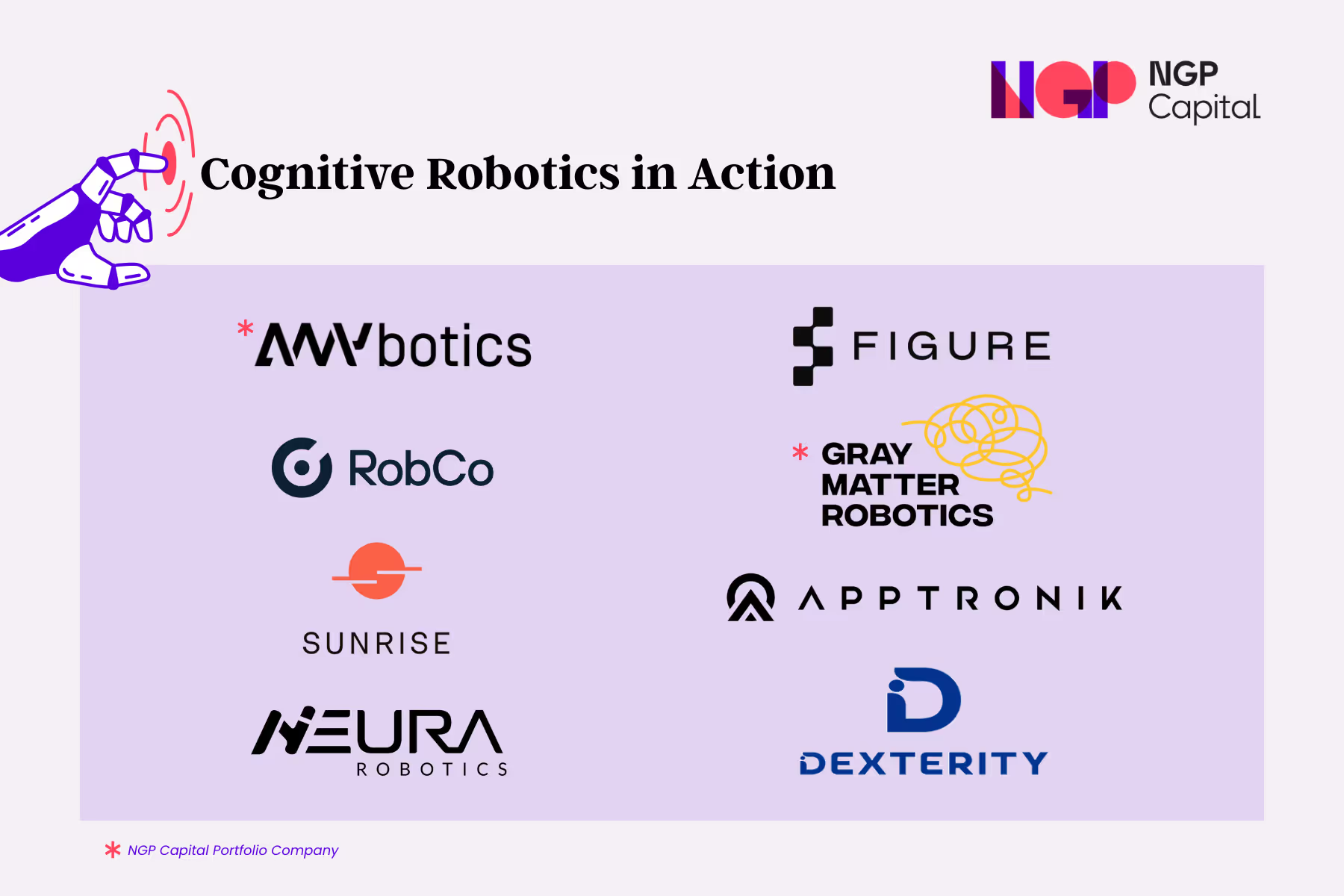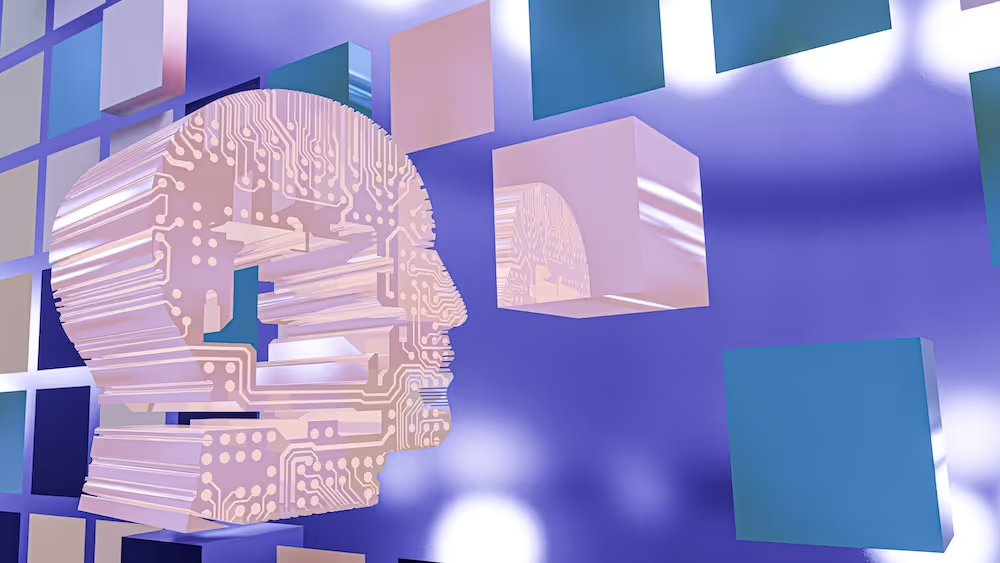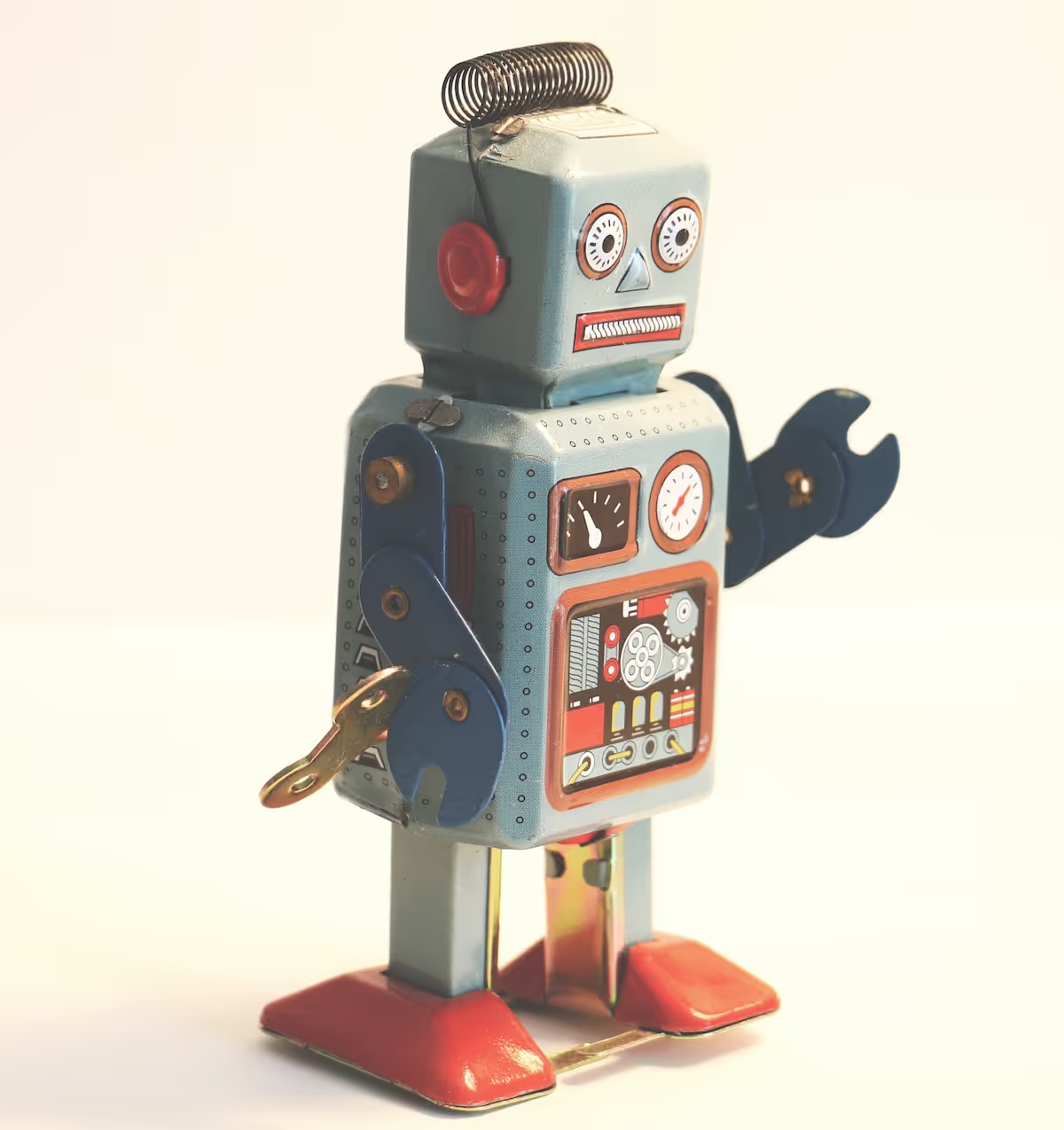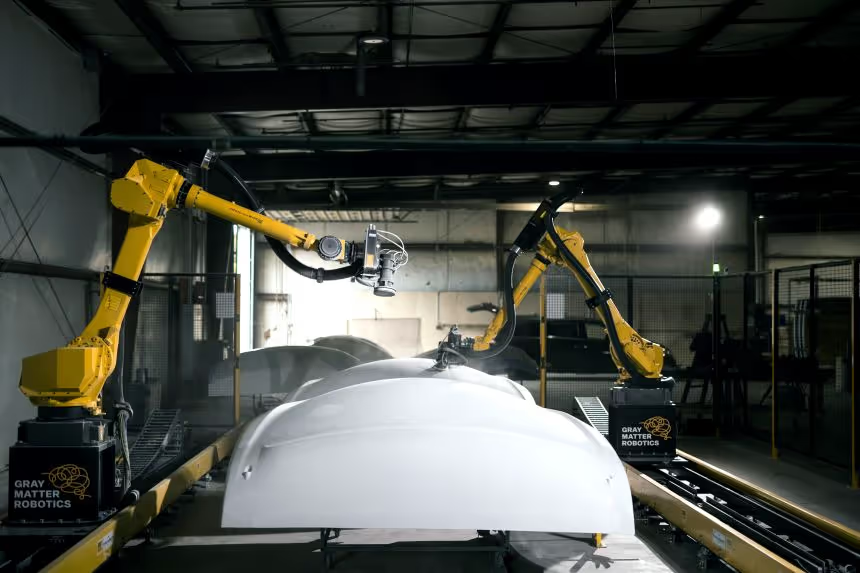
Listen now
At NGP Capital, we've watched our cognitive robotics thesis rapidly unfold since 2023. The "perfect storm" we identified – AI breakthroughs and persistent labour shortages – has intensified, propelling robotics into a new era. Robot density in factories has more than doubled over seven years. More importantly, robots are escaping their cages and entering unstructured environments. Today, we see much faster development cycles, bigger investments, and real-world deployments.
Why Now, More Than Ever?
In 2023 we asked "Why now?" – and in 2025 the answer is even clearer:
• Leaps Have Arrived: Advances in sensors, AI, and simulation have dramatically boosted robotic capabilities. Robots can now "see" and respond with unprecedented fidelity. Vision and lidar sensors became cheaper and more powerful, while simulation platforms let robots train virtually. The International Federation of Robotics (IFR) notes companies leverage Physical AI – training robots in realistic virtual environments. Generative AI projects aim to create a "ChatGPT moment" for robotics. Robots can be taught new tasks in hours instead of months and adapt via AI-driven control. Reinforcement learning and synthetic data yield "out-of-the-box" skills – compare Boston Dynamics' decades-long R&D versus today's startups training agile machines in simulation within weeks. Intel spinning off RealSense and new small form-factors of formerly large expensive sensors add even more value in the future and will increase the velocity of adoption.
• Labor Shortfalls & Market Pull: Structural workforce shortages have intensified. Aging populations and shifting preferences mean industries can't find workers for dirty, dull, dangerous jobs. The U.S. will leave over 2 million manufacturing roles unfilled by 2030. This is a global trend driving robotics through 2025. Robots are increasingly the only viable way to fill gaps. Supply chain disruptions pushed companies to nearshore and automate for resilience. Demand for automation has never been stickier.
These forces are feeding off each other, creating what we believe will be the biggest robotics adoption wave to date. By mid-2024, VCs poured roughly $955M into humanoid robotics startups across just 11 deals. Robotics is central to industry's future; however, the role of humanoids will still have to prove real value beyond showcases.
From Caged Arms to Cognitive Robots: The Three Waves of Robotics
Robotics history can be viewed in three waves, each characterized by greater flexibility and intelligence:
1. First Wave: Industrial Robot Arms (1980s–2000s) Heavy-duty robots bolted to factory floors. Fast and precise, but caged in structured environments, separated from people for safety. High volume, repeatable tasks in big factories.
2. Second Wave: Logistics Automation (2010s–2020s) Started with basic automated guided vehicles, evolved into intelligent autonomous mobile robots. By late 2010s it boomed – billions of items now picked and transported by robots. Proved robots can thrive in dynamic but structured warehouse spaces.
3. Third Wave: Cognitive Robotics (2020s–) Robots leave both physical and metaphorical cages of limited intelligence. They perceive, decide, and adapt in real time, working in unstructured environments alongside humans.
Cognitive robots have advanced perception, adaptive behavior, and intuitive human interfaces. They understand surroundings through AI and sensor fusion, adjust to novel situations, and can be instructed in natural language. This massively reduces deployment and usage friction. We believe this will unlock new markets far beyond factory lines and fulfillment centers.
Cognitive robotics enables truly collaborative robots – not just safe "cobots," but robots working with people in real-time as teammates with common sense. The new foundation robotic models that we see in development now vs in 2023 are very exciting. The value for industrial customers will be hard to unleash in the beginning without a strong vertical integration.
CognitiveRobotics in Action

ANYbotics: Their quadruped robot ANYmal autonomously navigates complex industrial sites, handling unknown obstacles and performing inspections. ANYbotics closed a $60M funding round in late 2024 with nearly 200 robots deployed across oil, gas, mining, and manufacturing – double from 18 months prior.
Robco: Munich-based startup building modular robotic kits for SME automation. Raised $42.5M Series B in early 2024. Their plug-and-play systems are affordable, modular, and remotely managed via digital twin.
Sunrise Robotics: Building intelligent, autonomous robotic cells transform existing manufacturing processes out of Slovenia. Each Sunrise cell has a complete view and understanding of its work area and surroundings.
NEURA Robotics: Developed the first "cognitive cobot" MAiRA, with sensors and AI integration. Factory workers can instruct it in natural language. The company raised a €120M Series B in January 2025, and is allegedly raising a €1B round right now.
Figure AI: Building general-purpose humanoid robots. Raised $675M in 2024 at $2.6B valuation. Their Figure 02 has 6 cameras, vision-language models, and conversational AI developed with OpenAI.
Dexterity AI: is a California-based Physical AI and robotics company that develops “industrial super-humanoid” robots equipped with human-level dexterity for logistics, warehousing, and supply chain operations. In March 2025, the company closed a $95M funding round, taking its total valuation to $1.65 billion.
Other players include Apptronik (developing general-purpose, AI-powered humanoid robots for industrial tasks), and NGP portfolio company GrayMatter's AI-powered robotic solutions for high-mix manufacturers.
Toward a 'ChatGPT Moment' for Robots: AI Meets Automation
The most exciting development is infusing advanced AI – especially large language models (LLMs) and vision-language models (VLMs) – into robotics. ChatGPT showed AI's power for text; 2023–2025 brings analogous breakthroughs for robots in the physical world.
Key advances include robots understanding natural language commands, no-code/low-code interfaces, improved simulation training, and multimodal fusion combining vision, lidar, audio, and tactile sensing.
These point toward a future where interacting with robots is as natural as with smart speakers. Consider maintenance: previously, programming a robot to detect plant anomalies was a major software project. Today, you can leverage vision-language models that already "know" what overheated valves look like, fine-tuning for specific factory images.
Robotics remains challenging – it sits at the intersection of hardware, software, and the messy physical world. Progress is slower and more capital-intensive than pure software. However, our conviction has strengthened: success builds formidable moats through proprietary AI models, hardened hardware, data network effects, and deep customer integration.
Companies like Inbolt out of Paris, Telekinesis out of Frankfurt, Mimic Robotics and Flexion Robotics (and many more) work on different aspects of scalable, modular AI for robotic application and acceleration of the development.
At NGP, we respect the founders driving this wave. It requires grit, interdisciplinary talent, and patience. Yet seeing robots patrolling plants at 3am or helping nurses is incredibly rewarding. These technologies will redefine work, making it safer, more efficient, and fulfilling.
Cognitive robotics embodies our "convergence thesis" – blending the digital with the physical world. We believe we're at the most exciting time to invest in industrial tech in decades.
If you're a founder in this space – let's connect.

.svg)





.svg)









